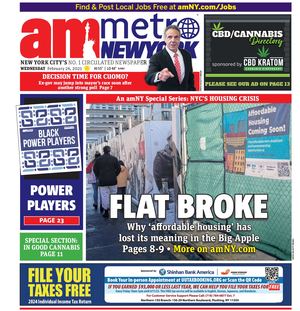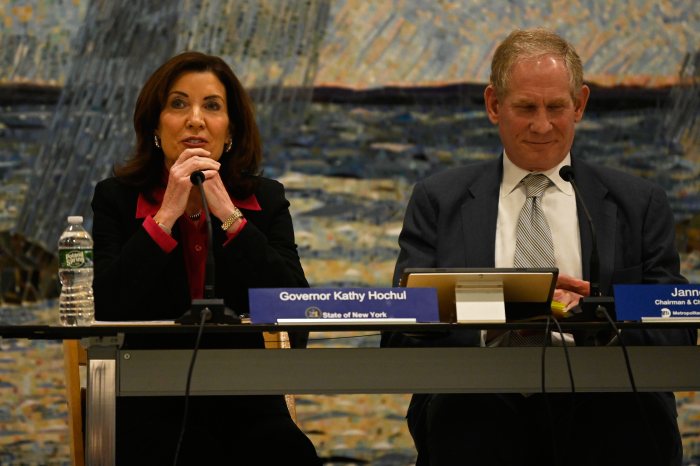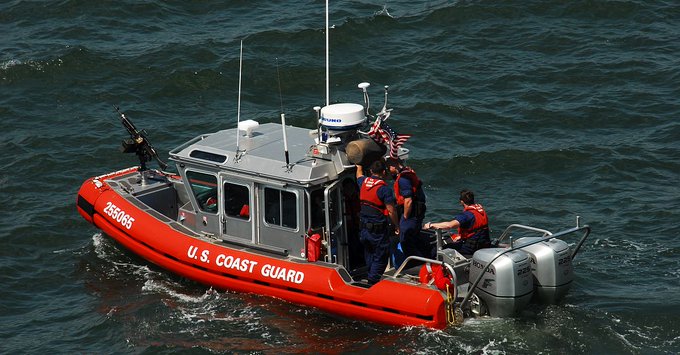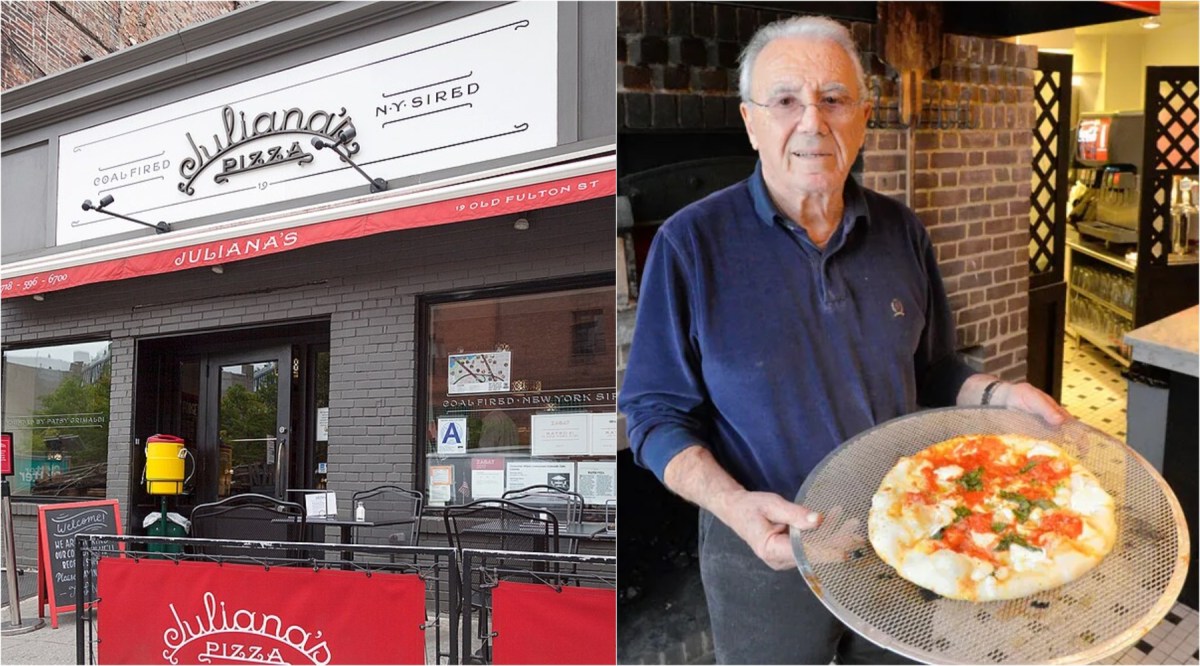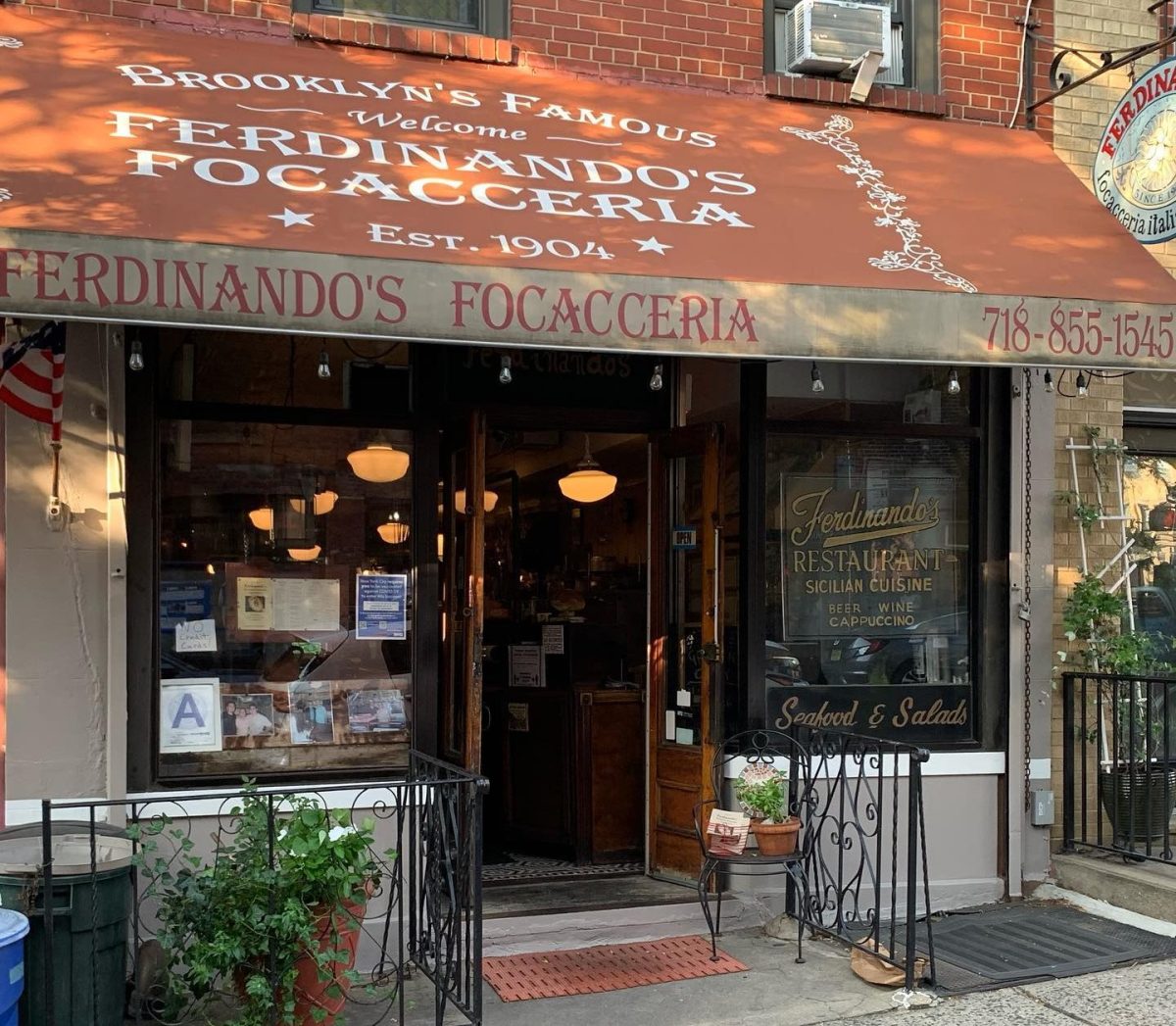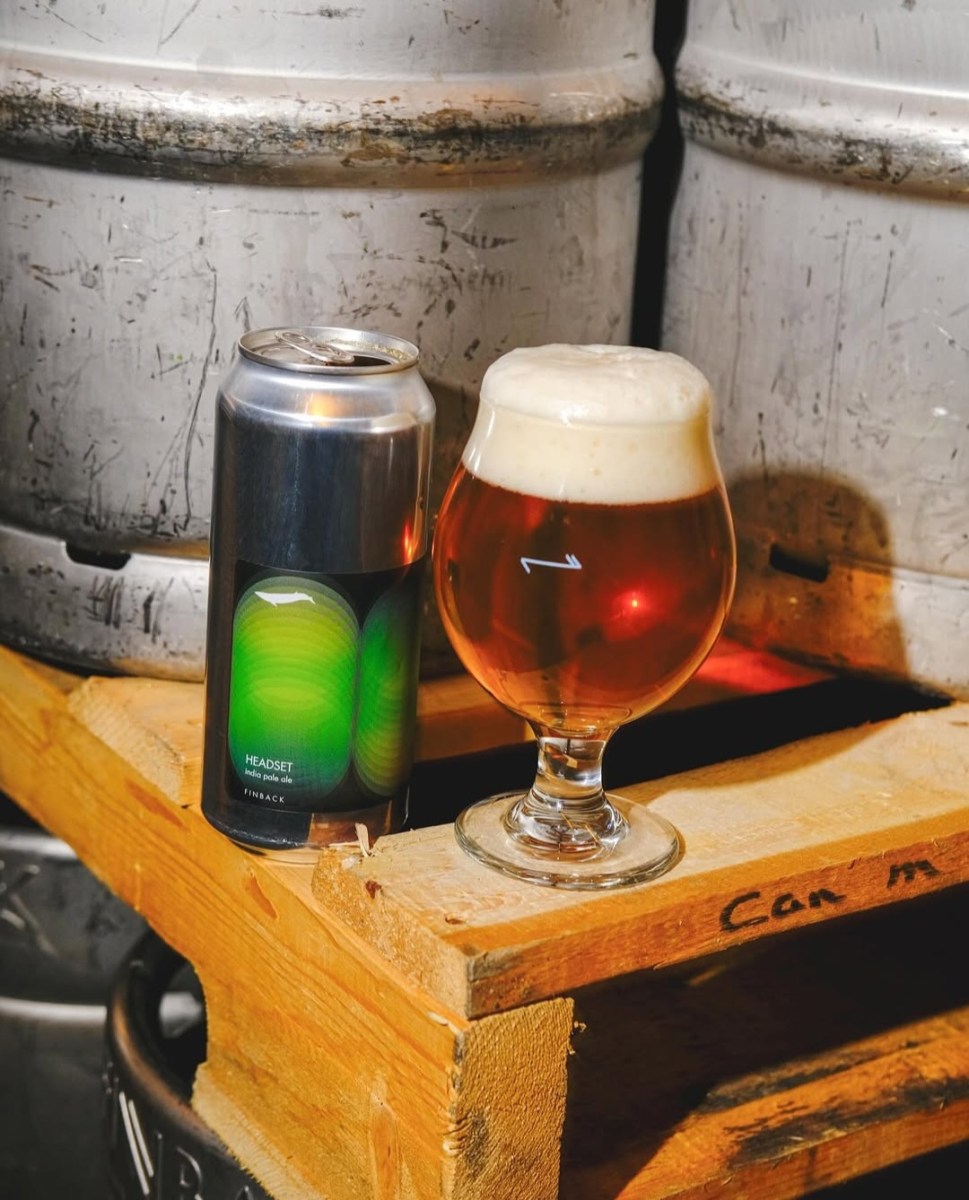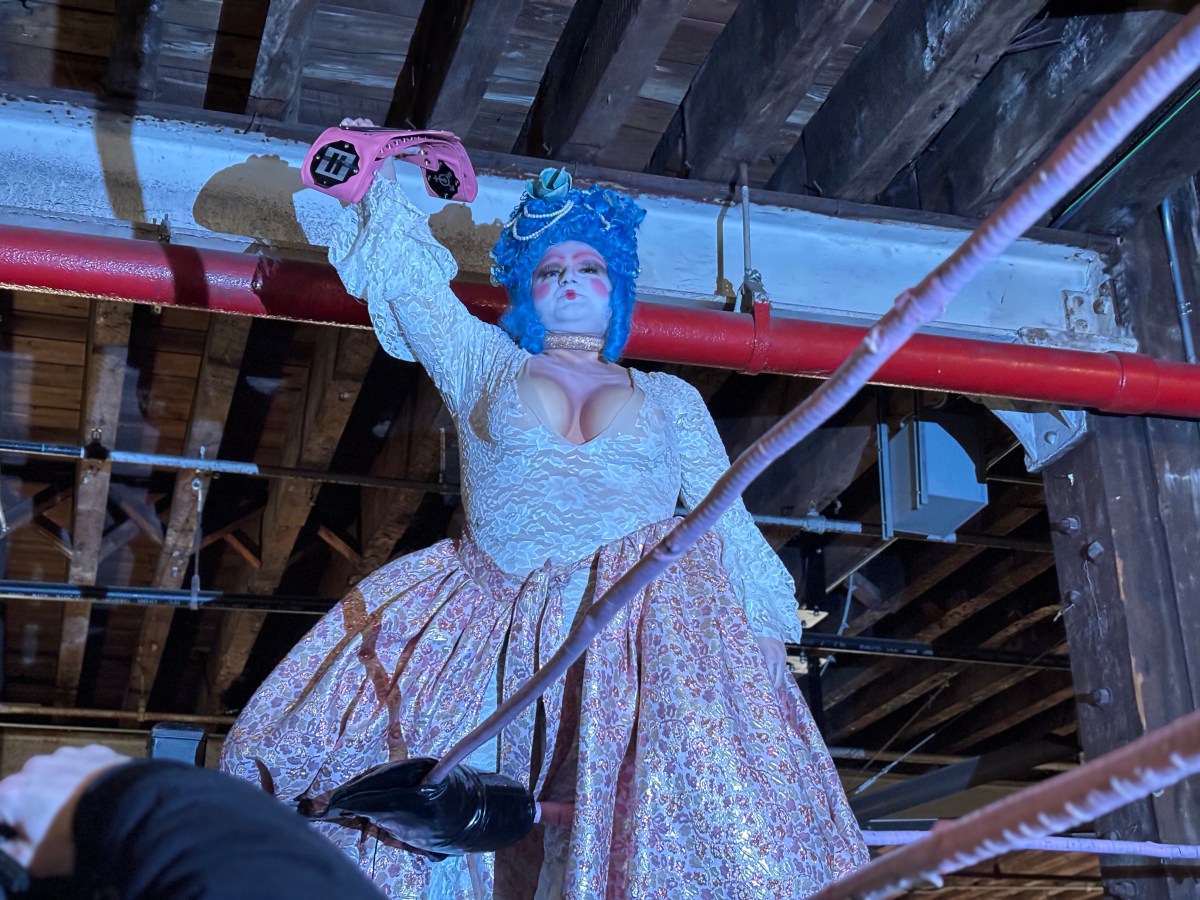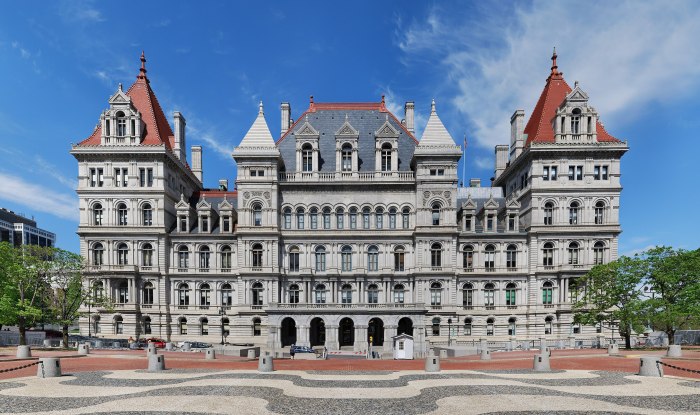
From train automation to augmented reality — the MTA on Thursday announced 19 finalists for its Genius Transit Challenge geared toward fixing the subways’ most pressing problems.
The competition, announced by Gov. Andrew Cuomo this summer, seeks outsider solutions to three issues: modernizing the systems’ ancient signal technology, building new train cars, and increasing subway communications infrastructure. The winning idea from each category — expected to be announced in early 2018 — will each receive a $1 million prize.
“When I took on the role of chairman last summer, I was very forthright about the need to stabilize the subway system and we’ve begun to do that with the implementation of the Subway Action Plan,” said MTA chairman Joe Lhota in a statement. “Additionally, I said that we have to look forward and that after undertaking efforts at stabilizing the system we needed to modernize it. The Genius Challenge is the first step in achieving the modernization goal.”
Many of the finalists focus on automating a larger portion of train service, or replacing signals with a modern equivalent. While nearly every finalist is a large corporation, two ideas came from individuals: Robert James and Craig Avedisian.
James pitched a plan that would allow for more reliable and frequent subway service through the use of what’s known as ultra-wideband radio technology. It’s an idea the MTA has recently begun testing independently.
Avedisian’s proposal is slightly zanier. It involves adding four cars to every train to increase capacity. Since the lengthened trains wouldn’t fit on platforms, the plan requires a complex boarding procedure through which certain cars would serve certain stations.
It’s not clear how easy it would be for the MTA to implement any of these ideas — or if they’re even necessary to fix a subway system that’s seen delay numbers triple since 2012. Some experts have speculated that the whole contest is a waste of time, including MTA board member Veronica Vanterpool, who believes there is enough talent within the agency to improve subway service.
Vanterpool said MTA leadership should focus on how to make the agency “more nimble and a bit more progressive to embrace new ideas” from within, and she expressed disappointment in the selection of finalists.
“Nearly all of them are industry applicants — many of whom already have a relationship with the MTA and the transportation sector,” Vanterpool said. “I thought that this was a competition that was spreading more thinking outside usual suspects.”
